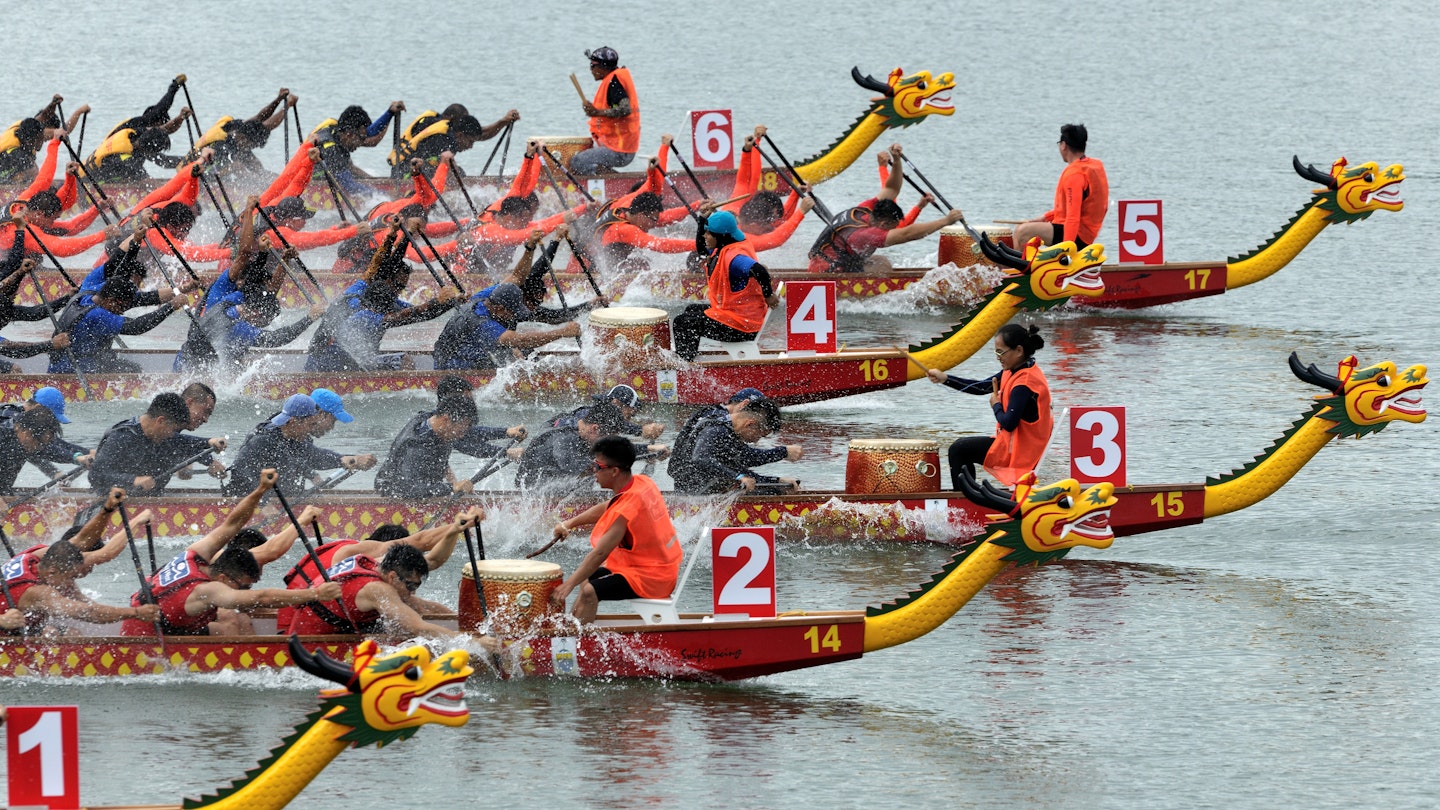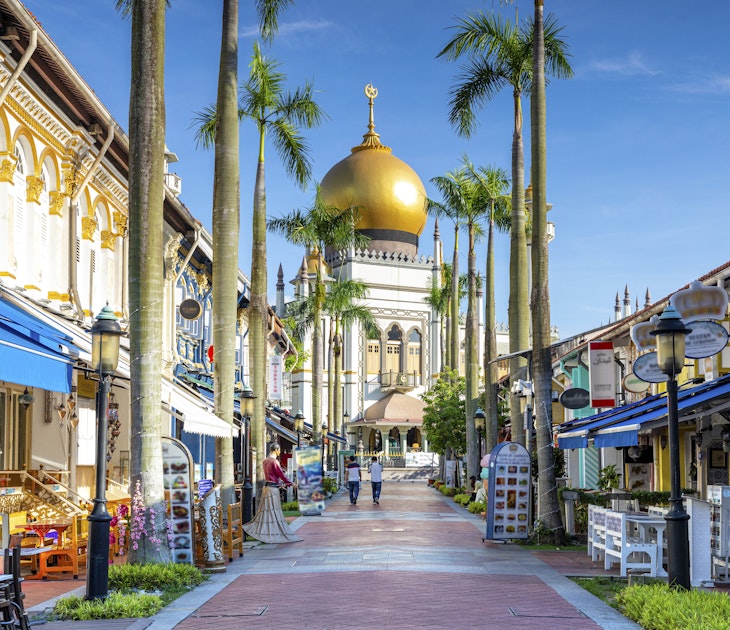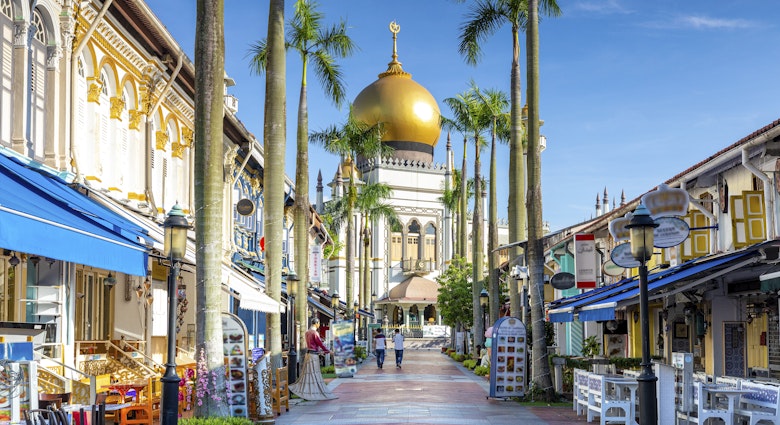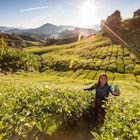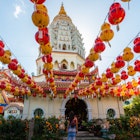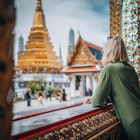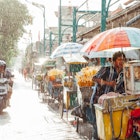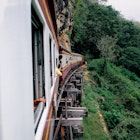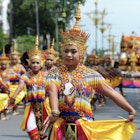There is no one best time to visit Malaysia, not least because this country is spread over two separate landmasses that have different local climates. It’s as far from Kuala Lumpur in Peninsular Malaysia to Sandakan in Malaysian Borneo as it is from New York City to Miami.
Even over smaller distances, the climate can vary depending on which coast you are standing on, or even from island to island. It's only 122km (76 miles) from Langkawi to Penang, but the weather can be different on the same day.
Broadly, Malaysia has two climatic seasons: dry and hot, and wet and hot. Don't let the term 'dry season' fool you – it’s humid in Malaysia year-round and there's always a chance of rain. The only place where it might feel cold is in upcountry areas such as the Cameron Highlands, where the temperature can veer from lows of 14ºC (58ºF) to highs of 24ºC (76ºF).
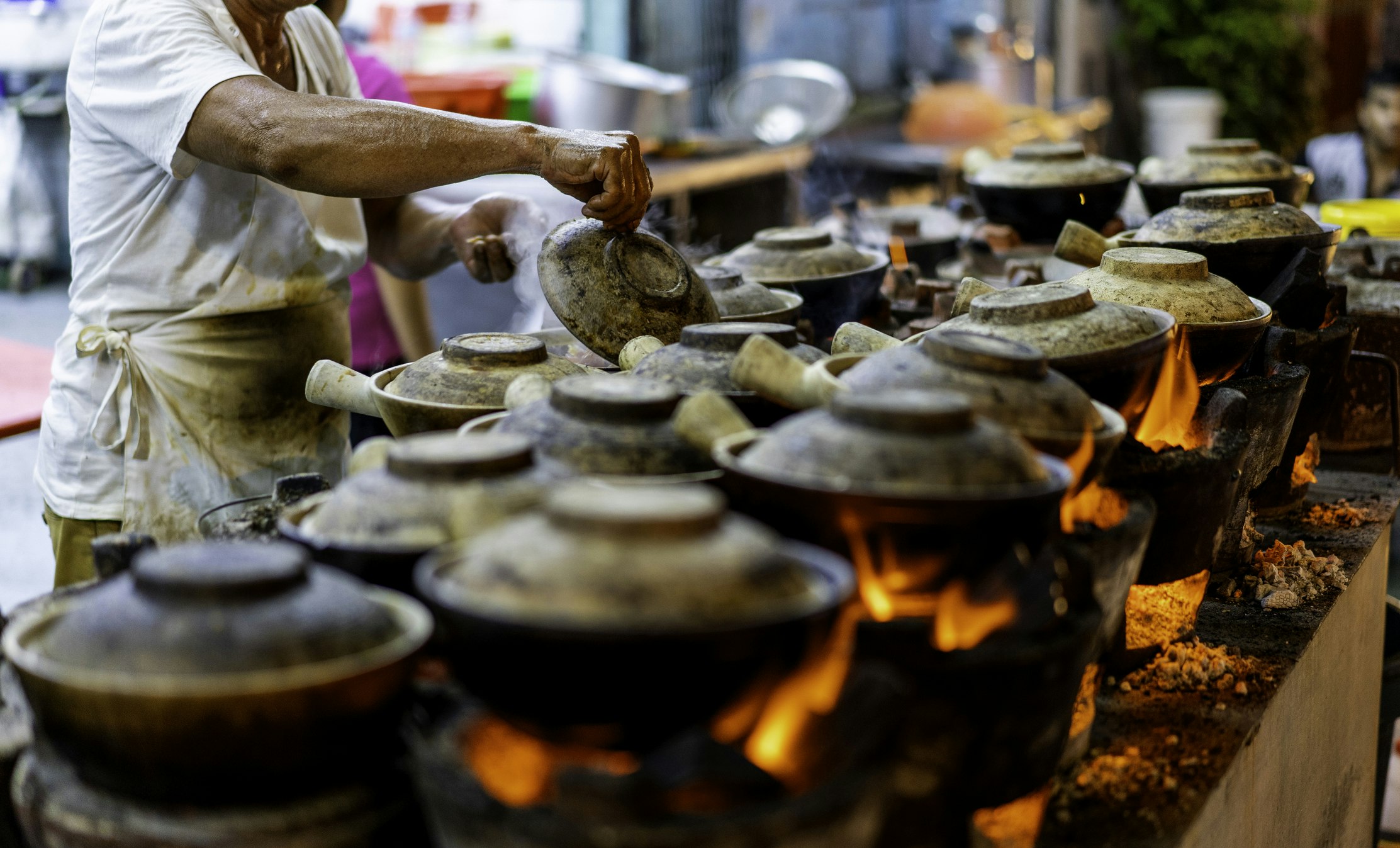
What marks out the wet season is buckets of monsoon rain, although the bulk of the precipitation tends to arrive in the afternoon. The eastern side of the peninsula sees its heaviest rainfall during the northeast monsoon from mid-October to March, while the west coast sees more rain during the southwest monsoon from May to October. Borneo gets drenched from November to February.
Tourism never really shuts down in Malaysia, so there's not really a low season. The busiest times of year tend to coincide with school holidays, which see large numbers of visitors (particularly families) arriving from Europe, the Gulf and neighboring Asian states.
The December–February high season is the best time to visit the west coast of Peninsular Malaysia
The northeast monsoon drenches the east coast of the peninsula from October to March, with the heaviest rainfall from December to February. You’ll find dryer weather on the west coast, which fronts the Andaman Sea. This is a good time to hit the beaches on tropical islands such as Langkawi, or wander the narrow, shophouse-lined alleyways of George Town in Penang. On the flip side, this is the wettest time of year in Sabah and Sarawak in Malaysian Borneo.
The downside of the good weather in the west is more crowds and higher hotel rates. On the other hand, several major cultural festivals – including the Chinese New Year and the Hindu festival of Thaipusam – occur in late January or early February. If you roam across to Sarawak, hotel rates fall in Kuching, but in the hinterland, good roads become bad and bad roads become mud.
The June–September high season is the best time to visit Kuala Lumpur and the east coast
The Northern Hemisphere summer months are the driest time of year in Kuala Lumpur, although 'dry' is a relative term in this tropical country. You should always expect humidity to be a factor, especially in Malaysia's cities, where buildings can block the breezes. The weather is also comparatively dry on the east coast of the peninsula, and in many parts of Borneo.
This season is a popular time for tourism from the Gulf States, and there's an upturn in visits to dive resorts on the drier east coast as underwater visibility improves. By August, the rains begin to return, building up towards the northeast monsoon.
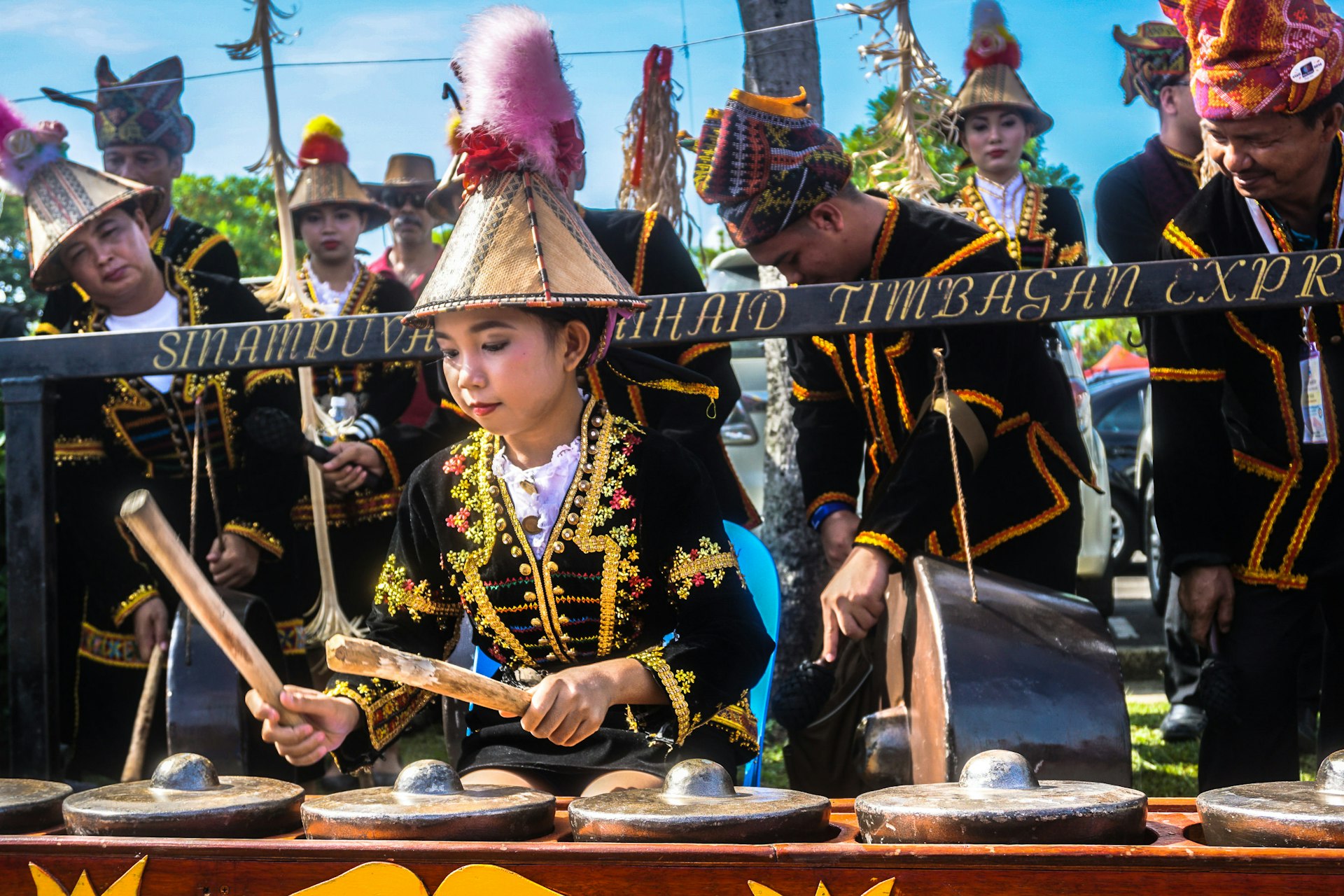
The March–May shoulder season sees the best weather across (most of) Malaysia
Large areas of Malaysia get a break from the rains (and the worst of the humidity) during the Northern Hemisphere spring from March to May. If you’re coming here for beaches and warm but not sweltering weather, this is as reliable a window as you'll find. Not coincidentally, this is also a good time for spotting wildlife in Malaysia's wonderful national parks.
April is a particularly fine time to visit Sabah, as the dryer days sync well with outdoor activities such as diving and hiking to the summit of Mt Kinabalu. But Malaysia's regional variations come into play; April is one of the wettest months to visit Kuala Lumpur.
The October-November shoulder season is the top time to visit Melaka and the Cameron Highlands
The rains really pick up on the Peninsula from October to November, although they weirdly spare the historical port of Melaka. The start of the northeast monsoon is also a good time to explore the Cameron Highlands, as the upcountry flora bursts into life thanks to all the rainfall.
In other areas of the country, this is a time to look for competitive hotel rates (and an umbrella). However, this is a good season to visit if you’re into malls, museums and other indoor activities; shops will be offering sales and the big cities offer plenty of indoor fun.
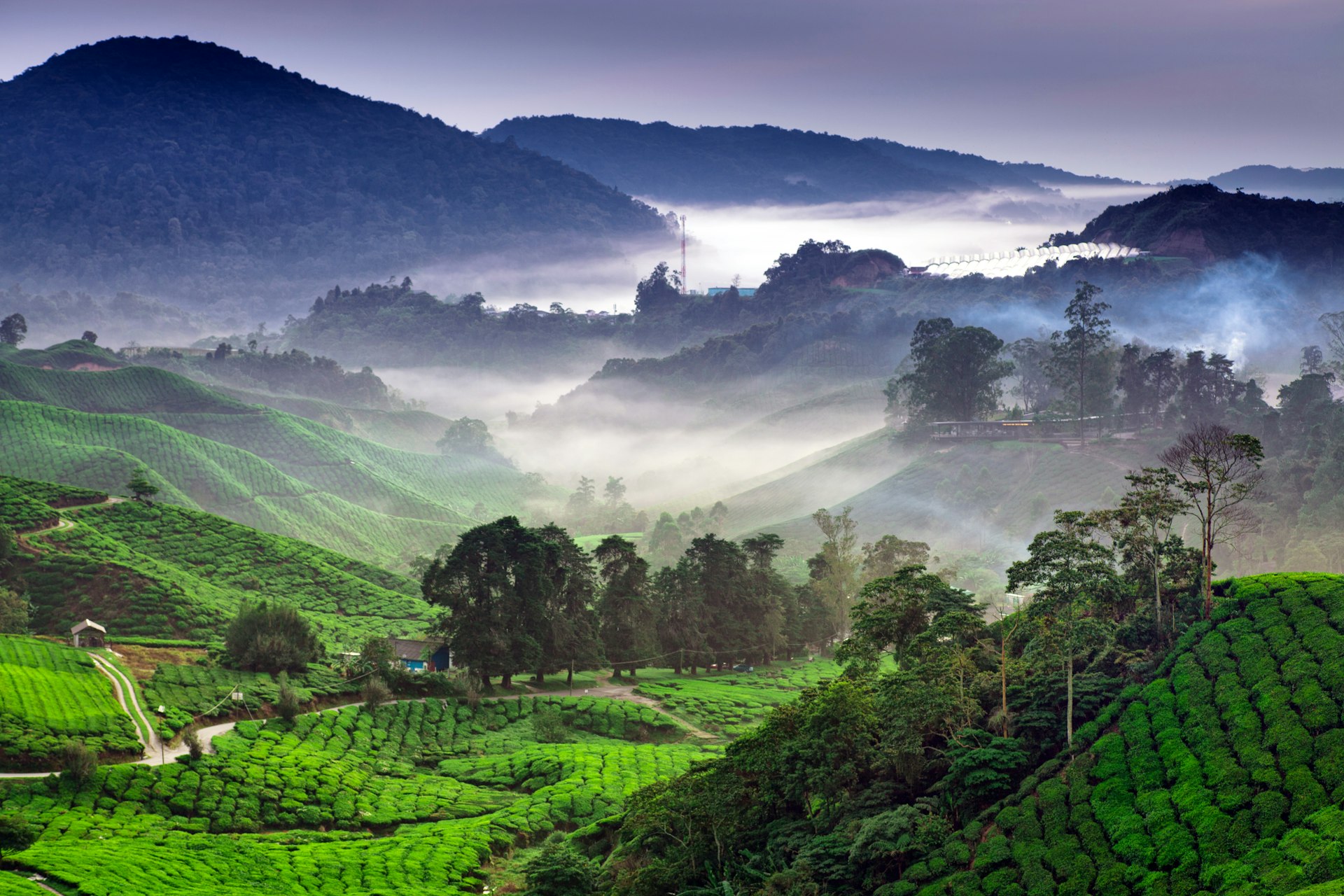
January is the time for spectacular religious celebrations
January is peak season in Langkawi and Penang, two of the most popular offshore islands on the west coast of the peninsula. Notable events include Thaipusam, a spectacular Hindu religious procession featuring piercings and ritual mortification, and – depending on the year – the beginning of the Lunar New Year for Malaysia's Chinese community. But it's rainy on the east coast and in Borneo (particularly in Sarawak).
Key events: Thaipusam, Chinese New Year (can also fall in February), Ponggal
February is a busy time on the west coast islands
In some years, the Chinese Lunar New Year hits in February, bringing heavy demand for transport and hotels. Beyond this, there's not much difference between January and February in Malaysia in terms of weather. Peak season crowds continue in Langkawi and Penang.
Key events: Chinese New Year (can also fall in January), Federal Territory Day
March sees dry skies in the east and rain in the west
March marks the beginning of drier weather on the east coast, though the rain starts to pick up in the west and in Kuala Lumpur. There are fewer crowds, except during the Malaysian school holidays near the end of the month, when families head to resorts.
Key events: Birthday of Kuan Yin, Raptor Watch, Le Tour de Langkawi (March or February)
April is beach and trekking weather
One of the best months to take advantage of the dry season weather – a good time for beaches and for all kinds of outdoor activities, particularly mountain trekking. The Declaration of Malacca as a Historical City in 1989 is celebrated annually as a kind of 'Melaka Day’ in this small state.
Key events: Declaration of Malacca as a Historical City (Melaka), Nuzul Al-Quran, Regatta Lepa in Semporna
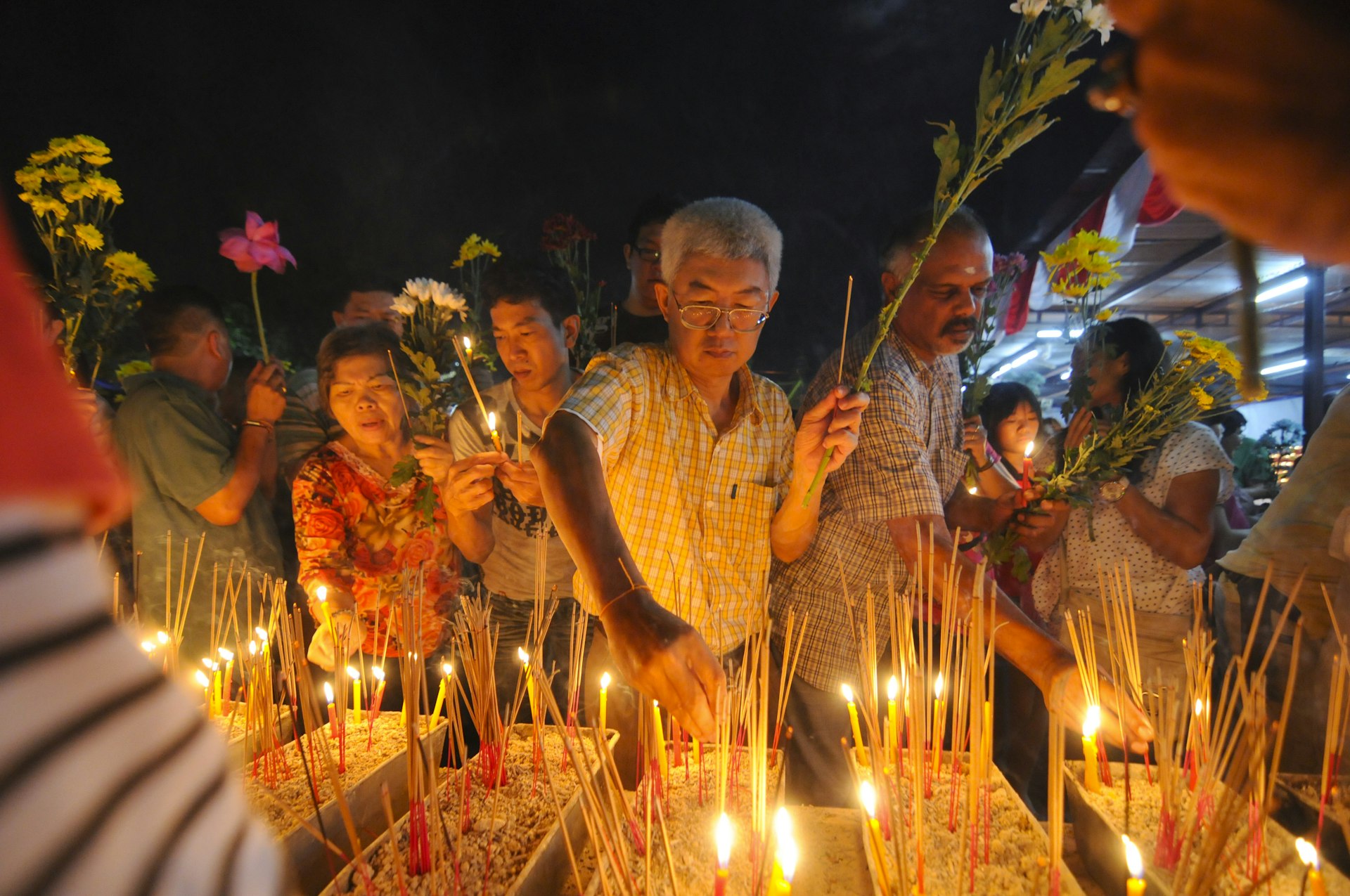
May sees major religious celebrations
More dry-ish weather makes May a good time for travelers. Wesak Day is one of the main holidays for Malaysian Buddhists, while Hari Raya Aidilfitri at the end of Ramadan (equivalent to Eid al-Fitr) is a huge event for the majority Muslim population. Look out for special feasts of local delicacies.
Key events: Wesak Day, Hari Raya Aidilfitri, Harvest Festival (Sabah)
June sees bigger tourist crowds
The tourist crowds start swelling around now, as dry weather makes for easy exploring in Kuala Lumpur. The east coast of the peninsula sees dry days and good weather for diving. The Gawai Festival celebrates the culture of the Dayak people of Borneo.
Key events: Dragon Boat Festival (Penang), Gawai Festival (Sarawak), Pesta San Pedro (Melaka)
July is hot and crowded, but the cultural calendar is packed
With Malaysia being so close to the equator, it shouldn't be a big surprise that July gets really hot. Holiday-making family crowds only intensify in the coastal resorts along the peninsula. Major cultural events come to George Town, Sabah and Sarawak.
Key events: Sabah International Folklore Festival (Kota Kinabalu), George Town World Heritage City Day (Penang), George Town Festival (Penang), Rainforest World Music Festival (Kuching)
August sees the return of the rain and displays of civic pride
The rain – and the accompanying humidity it brings, even on dry days – picks up by the end of August, which ends with Hari Merdeka, Malaysia's National Day, marked by parades and patriotic events. This is still a busy time for tourists, with good diving conditions on the east coast.
Key events: Hari Merdeka (National Day), Chinese Hungry Ghosts Festival (runs into September)
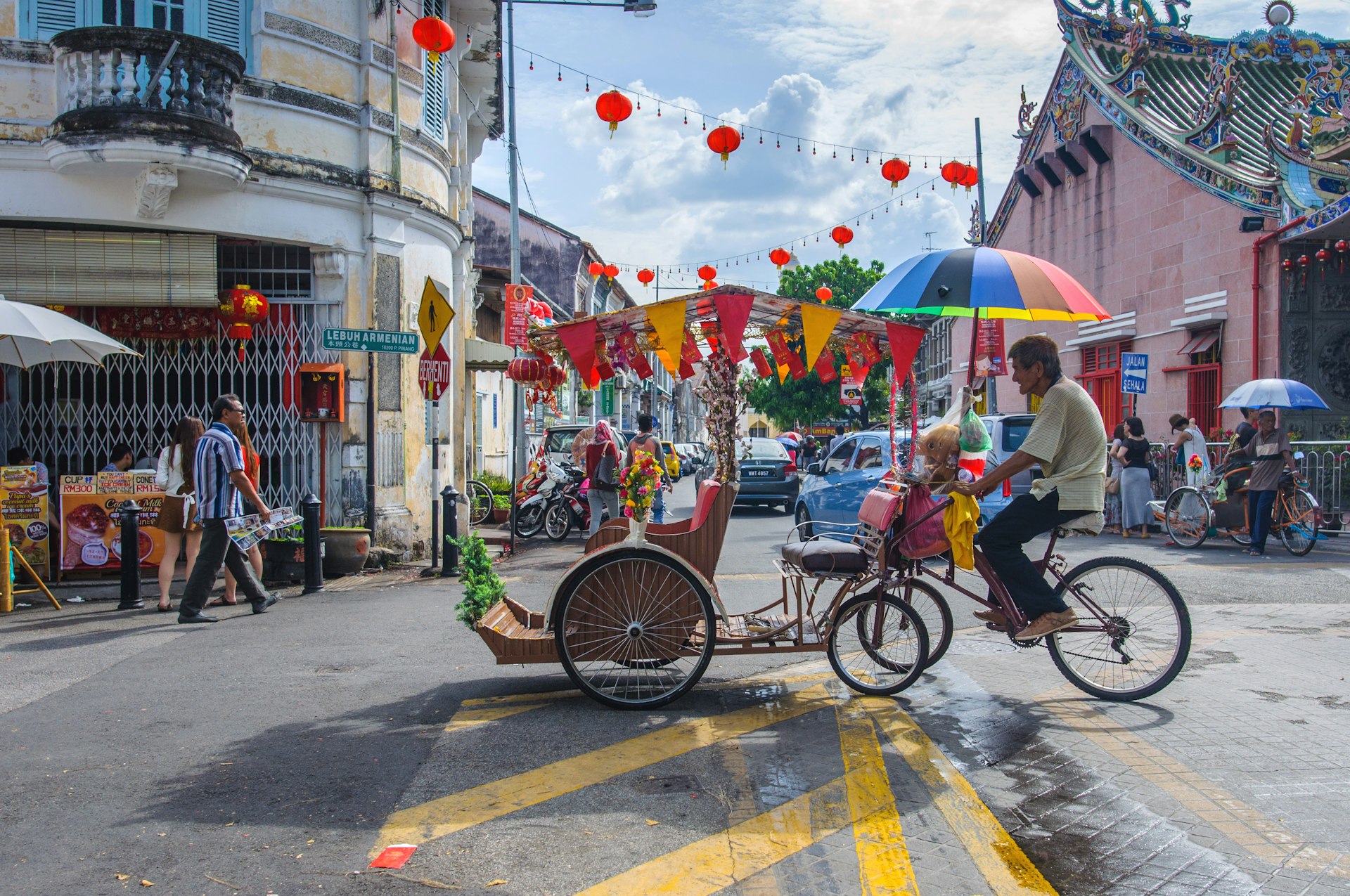
September sees plenty of culture in KL
The rains really start lashing East Malaysia (Borneo) around now. There’s a lingering tourism presence throughout the month, but most vacation-related businesses start prepping for a quieter tourist season. Some big cultural events bring artistic energy to the capital.
Key events: Cooler Lumpur Festival (Kuala Lumpur), DiverseCity (Kuala Lumpur)
October is a big time for rain
The Hindu holiday of Diwali/Deepavali hits in October or November, bringing festival color to Malaysia’s Indian enclaves, particularly Penang and Kuala Lumpur. Rainy weather is common on both the east and west coast of the peninsula.
Key events: Diwali/Deepavali (can fall in November)
November is quiet and cool – by Malaysian standards at least!
The ‘coldest’ month in Malaysia usually sees lows of around 23ºC (74ºF) and highs of around 29ºC (85ºF), though it's cooler in the highlands. This is as quiet as the tourism scene gets, with plenty of rain on the east coast of Peninsular Malaysia and in Borneo.
Key events: Diwali/Deepavali (can fall in October), George Town Literary Festival (Penang), Urbanscapes (Kuala Lumpur)
December sees holiday celebrations in Christian hubs
Christmas is an important holiday in parts of the country with large Christian populations, including Sabah, Sarawak, Penang and Melaka. New Year’s Eve is a party throughout the country, though it's celebrated most enthusiastically in bigger cities. Expect lots of rain in Borneo and on the east coast of the peninsula.
Key events: Christmas, New Year’s Eve
You may also like:
The 15 best things to do in Malaysia: Mountains, marine life, and amazing apes
Malaysia's 9 best beaches: From 900 islands and 3000 miles of coastline, we pick our faves
'Ghosts are a big part of life in Malaysia': healing one year after losing my parents to COVID
